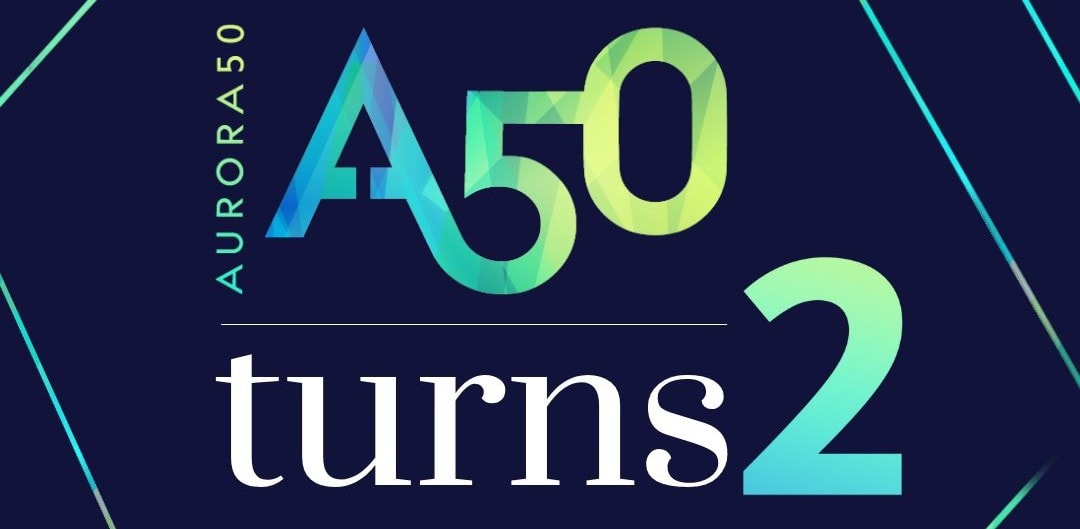Design thinking is a process for solving problems by prioritising the consumer’s needs above all else. I am qualified in it and we use it throughout our business and in our accelerators.
During many of our accelerators, we teach design thinking principles to help you design your career.
We’d like to share a few of those tools with you now.
What is design thinking?
Design thinking comes from the designer’s toolkit – it makes you a human-centred designer. You can use design thinking to:
Design thinking relies on observing, with empathy, how people interact with their environments. It employs an iterative, hands-on approach to creating innovative solutions.
The designer’s mindset embraces empathy, optimism, iteration, creativity – and ambiguity.
In practice, design thinking involves five key steps to guide you:
- empathise
- define
- ideate
- prototype
- test
- … and then iterate.
The three key exercises to design-think your career
We focus on three key exercises to design-think your career:
1. Who are your most important stakeholders?
Take 10 to 15 minutes with a blank sheet of paper and map out all the people who are: affected by your work; who have influence or power over it; or who have an interest in it.
‘Stakeholders’ can be both organisations and people, but ultimately you must communicate with people.
Some of your potential stakeholders
- Your CEO
- Your board directors
- Your shareholders
- Your immediate boss
- Your colleagues
- Your team
- Future recruits
- Customers
- Prospects
- Your family
- Your community
- Partners
- Suppliers
- Lenders
- Ratings agencies or other analysts
- Key contributors
- Government
- Associations
- Media
- The general public
Which of these did you miss out?
What can be really useful can be to sit down with a valued friend or colleage, who knows you well in your career, and talk about who you missed. Often the stakeholders you omit can be the most important ones.
We regularly see people who do this exercise omit their family, as well as stakeholders who are slightly removed from you, such as suppliers or future recruits.
Your family – parents, partner, children – ARE stakeholders in your career. The correct set-up needs to be there for you at home for you to move ahead in your career, particularly as a woman.
And if you’re not sure what we mean by ‘removed’ stakeholders, let me give you a personal example. I had a banking client in a previous job, and in that company was a person I didn’t work with directly and didn’t know I had impressed. They had an annual meeting in Switzerland with my boss’ boss. I didn’t know that meeting happened, yet some very good feedback about me was given to my boss’ boss in Switzerland, giving me an audience with someone much higher.
2. The power/ interest prioritisation matrix
That leads us on to the next exercise. Now you have your stakeholders listed, map them into this matrix (
download it here as a PDF).
Think about…
- Who you keep satisfied or manage closely?
- Who just needs to be informed?
- Who you need to monitor?
Remember what socialite Brooke Astor said – “Power is the ability to do good things for others.”
Powerful people do not need to be in powerful roles necessarily – it is what they can do for you that makes them powerful.
A colleague may have a great contact for you, or someone junior may step into an amazing next role.
This matrix will look different for everyone but, as an example, you might put:
- Manage closely (high interest, high power): Boss
- Keep informed (high power, low interest): Head of a different department
- Keep satisfied (high interest in you but low level of power for you): A networking contact
- Monitor (low interest, low power): A supplier if you are not in a client-facing role
Have a good think about where you spend your time now. Does it strategically help your career and does it make you happy? Or are you putting too much time and effort into people with low interest and low power?
3. Identify your career sponsors
The final design-thinking step is to map out which of your stakeholders could become sponsors of your career.
A sponsor is not just an advice-dispensing mentor but someone to advocate for you and to open the door, a lobbying ally with great contacts and who gives critically useful feedback.
Sponsors want to sponsor you because it is good for them too. They know that furthering your career helps them further their own, or moves the organisation forward.
Contact and mobilise your would-be sponsors with a “proactive intention” and a “specific ask”, says Professor Heather McGregor, non-executive board director and provost and vice-principal of Heriot-Watt University, Dubai.
What next?
So now you have identified all your stakeholders, mapped them in the interest/ power matrix and decided on some sponsors to approach.
As a design thinker, there are three facets to your career:
- What is it that YOU want?
- What is it you can do for OTHER people? Put yourself in other people’s shoes.
- What can you do NOW? Design thinking has a bias for action today.
Whether it’s sending an email or reading an article, there is a small step you can take to move the needle on your career right now.
Innovating your career as a design thinker
Design thinking leads to innovative solutions – and we know that innovation can often be even harder in our personal lives than it is in the corporate world.
The consequences of making a mistake, taking a risk or acting without a clear outcome may feel too great.
As you look to navigate your way to the top, climbing the career ladder can feel daunting and overwhelming.
The questions we ask ourselves about our own lives and aspirations can feel overwhelming.
You might not know if you should accept a promotion, or look for a lateral move.
And you may explore a range of possible career options before you find the right one for you.
You may even have felt stuck in ‘analysis paralysis’: positive change can easily be blocked by doubts and fears of making the wrong choice.
But design thinking is a non-linear process. If you are curious in framing problems, try to explore new solutions and options, and ask for help to iterate your way forward, things will surely change and you will be able to accelerate your career to the top.
AIM
is a customisable, in-house accelerator for executive management so you can create a strong pipeline of high-potential women leaders who align their career growth to your goals.











